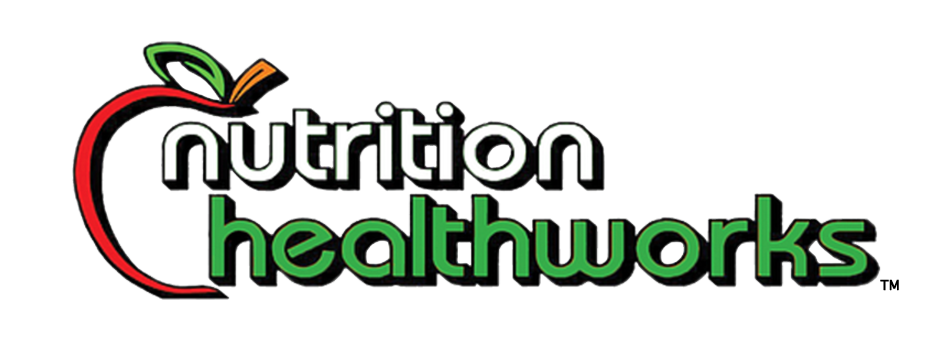
Consider this: A baby’s birth weight doubles by about 5 months of age and triples by one year. A baby’s brain at birth is about 25% of its adult size and it grows to 75% of its adult size by 12 months! Good feeding practices are not only essential for proper growth, but they also set the stage for food and eating patterns throughout life. From the very start, help your baby develop a positive relationship with food and eating by learning to trust his or her hunger and fullness cues. Feeding practices during this first year of life will affect the quality of your baby’s diet and your baby’s weight status in childhood and beyond.
Newborn to 4 months.
 The developmental stage of this group includes rooting, sucking and swallowing. The primary source of nutrition should come from breastmilk or formula. Both can provide adequate nourishment and the strong emotional bond that your baby needs. If you are choosing to breastfeed, medical and nutrition experts recommend doing so for at least the first 12 months of life. Breastmilk should be offered on demand, going with your baby’s hunger and fullness cues. Formula is offered when the baby expresses hunger, usually 6-12 feedings of 2-6 oz over a 24 hour period. When solids are introduced, they complement breast and/or formula as the ideal feeding pattern. .
The developmental stage of this group includes rooting, sucking and swallowing. The primary source of nutrition should come from breastmilk or formula. Both can provide adequate nourishment and the strong emotional bond that your baby needs. If you are choosing to breastfeed, medical and nutrition experts recommend doing so for at least the first 12 months of life. Breastmilk should be offered on demand, going with your baby’s hunger and fullness cues. Formula is offered when the baby expresses hunger, usually 6-12 feedings of 2-6 oz over a 24 hour period. When solids are introduced, they complement breast and/or formula as the ideal feeding pattern. .
4-6 Months
Your baby is holding his head up and only needs a little support sitting up. This is a great time to start pureed solids. Introduce single grain rice cereal first via an infant spoon. Never put cereal in a bottle. Once ready to start fruit and vegetables, feed your baby only one new single food at a time, waiting 3-5 days before offering another single item of food. Watch for allergic reactions like rash, swelling, vomiting, diarrhea, or trouble breathing.
6-8 Months
 Your baby should have good head and body control, and displays interest in putting toys in his mouth. Now is a good time to begin easily dissolvable grains, mashed soft fruits and vegetables, and ground moist meats. Begin working with a cup during this time of 1-2 oz breastmilk or formula. Watch for signs that your baby is full and do not force him/her to eat or drink more. Signs include closing the mouth, turning the head away, and pushing the spoon or bottle/cup away.
Your baby should have good head and body control, and displays interest in putting toys in his mouth. Now is a good time to begin easily dissolvable grains, mashed soft fruits and vegetables, and ground moist meats. Begin working with a cup during this time of 1-2 oz breastmilk or formula. Watch for signs that your baby is full and do not force him/her to eat or drink more. Signs include closing the mouth, turning the head away, and pushing the spoon or bottle/cup away.
8-12 Months
Your baby has developed a more sophisticated “pincer grasp” with his thumb and index finger. He/she can begin to self feed small, bite sized pieces of soft table foods with fingers or toddler utensils. Do not feed hotdogs, raisins, grapes, raw carrots, or nuts as your baby can easily choke on these foods. Offer a variety of foods at 3 meals and 3 set snack times that reflect the healthy plate to include soft whole grains, protein, dairy, fruits, vegetables, and healthy fats (avocado, nut butters). You may start with whole milk at 1 year of age in the cup.
If you have concerns about how much your baby eats, how feeding is going, and how your baby is growing, talk with a pediatric, registered dietitian at Nutrition HealthWorks. Feeding guides, including recommended serving sizes for the various food groups in each stage of development, can be provided during your nutrition visits to help direct you along your journey.
